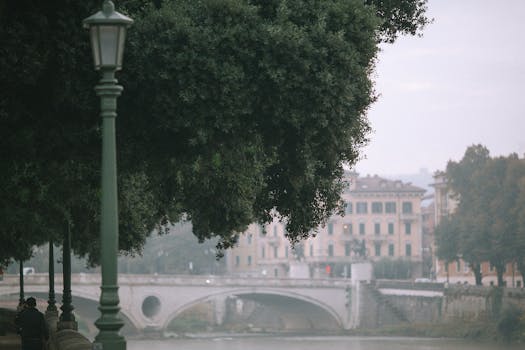
Urban Green Spaces: The Future of Outdoor Living in European Cities by 2025
Urban Green Spaces are becoming increasingly important in European cities, and for good reason. As the world becomes more urbanized, the need for green spaces has never been more pressing. Urban Green Spaces are not just aesthetically pleasing, but they also provide numerous benefits for both the environment and the people living in these cities. In this article, we will explore the future of outdoor living in European cities and how urban green spaces are playing a vital role in shaping this future.
What are Urban Green Spaces?
Urban green spaces refer to areas in cities that are dedicated to nature and the outdoors. These spaces can include parks, gardens, green roofs, and even urban forests. They provide a tranquil escape from the hustle and bustle of city life and offer a range of benefits, from improving air quality to promoting physical activity.
The Benefits of Urban Green Spaces
The benefits of urban green spaces are numerous and well-documented. Some of the most significant advantages include:
- Improved air quality: Urban green spaces can help to absorb pollutants and particulate matter, improving the overall air quality in cities.
- Increased biodiversity: By providing habitats for plants and animals, urban green spaces can help to increase biodiversity in cities.
- Reduced urban heat island effect: Green spaces can help to mitigate the urban heat island effect, which can make cities feel hotter than surrounding rural areas.
- Improved mental health: Spending time in nature has been shown to have a positive impact on mental health, reducing stress and anxiety.
- Increased physical activity: Urban green spaces can provide opportunities for physical activity, such as walking, cycling, and sports.
The Future of Outdoor Living in European Cities
As we look to the future, it is clear that urban green spaces will play a vital role in shaping the future of outdoor living in European cities. By 2025, we can expect to see a significant increase in the number and quality of urban green spaces, as cities prioritize sustainability and green infrastructure. Some of the trends that we can expect to see include:
- Increased use of green roofs and walls: Green roofs and walls can provide additional green space in cities, while also helping to insulate buildings and reduce energy consumption.
- More urban forests: Urban forests can help to increase biodiversity and provide habitats for wildlife, while also improving air quality and reducing the urban heat island effect.
- Greater emphasis on community engagement: Urban green spaces will become increasingly important for community engagement and social interaction, providing opportunities for people to come together and connect with nature.
- Integration with technology: Urban green spaces will become more integrated with technology, with features such as smart benches and green infrastructure monitoring systems.
Case Studies: Successful Urban Green Spaces in European Cities
There are many successful urban green spaces in European cities that are worth exploring. Some examples include:
- The High Line in London: An elevated park built on an old rail line, providing a unique green space in the heart of the city.
- The Park de la Ciutadella in Barcelona: A large urban park that provides a range of facilities, including a lake, a fountain, and a zoo.
- The Tuileries Garden in Paris: A historic garden that provides a tranquil escape from the hustle and bustle of city life.






